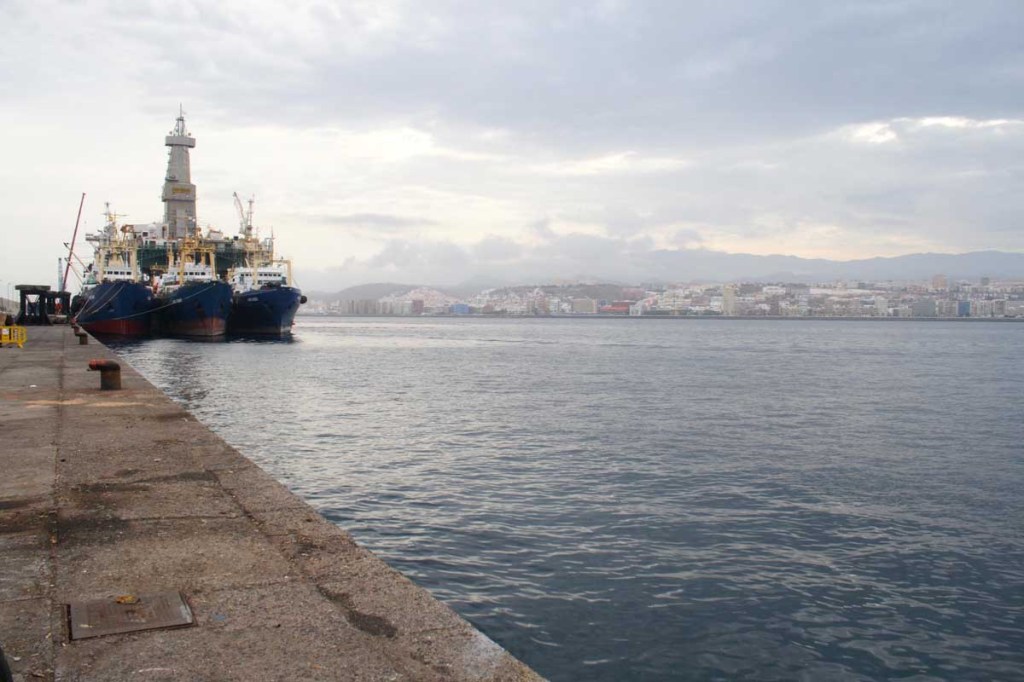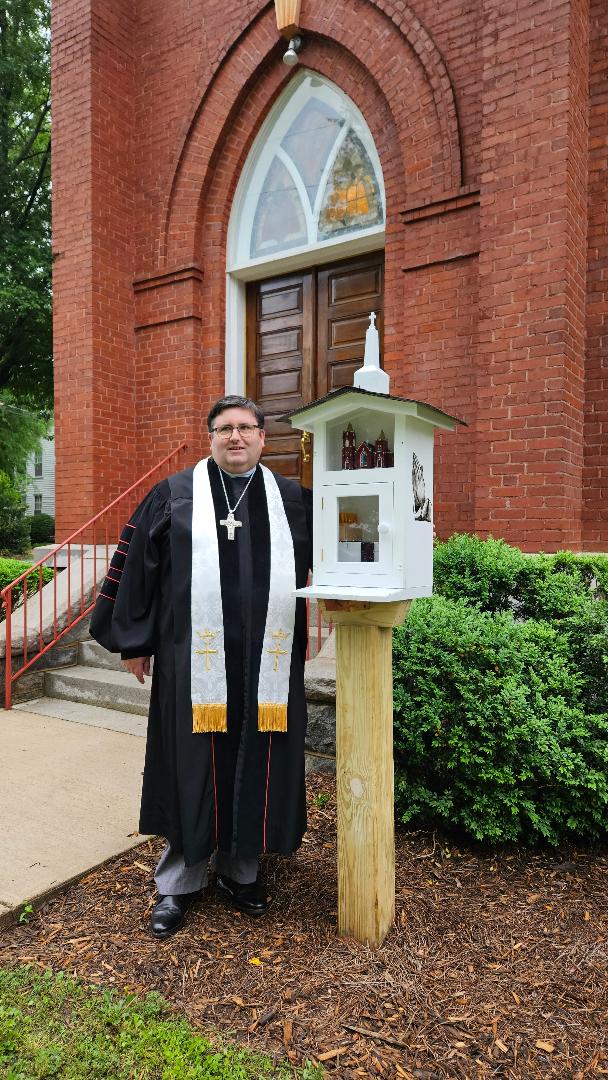Obama administration announces historic new regulations for methane emissions from oil and gas
Published 7:00 am Friday, May 13, 2016

- (Stock photo/MorgueFile)
The Obama administration on Thursday announced a set of much-anticipated – and first ever – steps to regulate the oil and gas industry’s emissions of methane, a powerful greenhouse gas second only to carbon dioxide in its role in the climate debate.
The Environmental Protection Agency unveiled a rule that will target emissions from new or modified oil and gas wells – and prevent 11 million metric tons of carbon dioxide-equivalent emissions by the year 2025, the agency said.
And while this would not apply to the vast numbers of existing rigs, well pads and auxiliary equipment that have driven a historic boom in domestic production of oil and gas, the agency signaled that it plans to regulate those as well. It issued a request for more information from the industry to help in studying how to contain emissions from those sources.
It all adds up to a suite of new or planned regulations from the outgoing administration to curb fugitive emissions of a gas that is drawing ever more attention, despite debate over precisely how much of it the United States is emitting and how greatly that contributes to climate change.
The new policies “will help combat climate change and reduce air pollution that immediately harms public health,” EPA Administrator Gina McCarthy said during a media conference call Thursday.
“Every leak that is fixed means more gas is available to be used or sold, and less pollution is affecting the health of our communities as well as the stability of our climate,” McCarthy said.
The regulations’ focus on new industrial equipment is significant, given the expansion expected to occur in coming years, particularly in the natural gas sector.
But even more momentous would be for the EPA to regulate existing equipment, which could have a far larger impact – on emissions and on the industry itself.
The request for information in this area is “really launching our work to address methane emissions from existing sources,” McCarthy said, although it appeared that because of agency timelines, these rules could not be completed before the end of the Obama administration.
Environmental advocacy groups seemed largely pleased with Thursday’s announced measures for new and modified emissions sources, even as they pushed for more aggressive steps down the line.
“This is the first time that EPA has ever regulated methane from any industry. And how appropriate, because this [industry] is the largest emitter of methane,” said Conrad Schneider, advocacy director for the Clean Air Task Force, an environmental group. “That’s a really important step forward with respect to controlling greenhouse gases and toward meeting our international commitments.”
Mark Brownstein, a vice president at the Environmental Defense Fund, noted that “the United States is the world’s largest oil and gas producer, and along with that comes a lot of equipment in the field. And, therefore, it is only when you have regulations that deal with existing sources that you fully deal with the impact of the industry on the environment.”
The announcement comes shortly after the EPA asserted that methane emissions – which can enhance global warming over several decades – are on the upswing, during the same period when voluminous U.S. shale oil and gas drilling has dramatically driven down prices for domestic natural gas and global oil alike.
The agency recently increased its estimates of total U.S. methane emissions – which emerge from multiple sources, not just oil and gas – from 636.3 million metric tons of carbon dioxide-equivalent to 721.5 million metric tons for 2013. The revision meant that oil and gas drilling, rather than agriculture and livestock, became the largest single source of U.S. methane emissions – raising the stakes for regulatory action.
The industry has opposed both forms of methane-emissions regulation – for new and existing sources – arguing that self-policing has been effective.
“It doesn’t make sense that the administration would add unreasonable and burdensome regulations when the industry is already leading the way on methane reductions,” said Kyle Isakower, the American Petroleum Institute’s vice president for regulatory and economic policy, in a call with reporters Thursday. “The last thing we need is more duplicative and costly regulation” that could stifle innovation and potentially lead to higher energy costs.
The group’s leaders also questioned the EPA’s estimates of what the new regulations would cost the industry and said that by imposing a “one-size-fits-all” approach to regulating methane emissions, the EPA would saddle companies with new monitoring and record-keeping responsibilities when they already have good reason to find inventive ways of avoiding leaks.
“Methane is the product that we sell. We are incentivized already to prevent methane emissions,” said Howard Feldman, the API’s senior director of regulatory and scientific affairs.
The timing for new regulation is also inconvenient from an industry perspective. “The industry is being asked to do more with less as oil and gas prices are low, rig counts have dwindled and thousands have lost their jobs,” said Sandra Snyder, an attorney with Bracewell LLP, which has a number of clients in the oil and gas industry.
The Interior Department this year took separate steps to curb methane leaks when energy companies drill on public lands or on lands owned by Native American tribes. This would cover about 10 percent of natural gas wells.
That rule, and the one announced Thursday, go part of the way toward controlling methane, but the biggest question now becomes how the Obama administration proceeds on existing emissions sources and, with little time left in office, whether the steps it takes in this area will be carried forward by the next presidential administration.
“I think what we can expect is that the Obama administration is going to be working on this issue until the very day they leave office,” Brownstein said.





